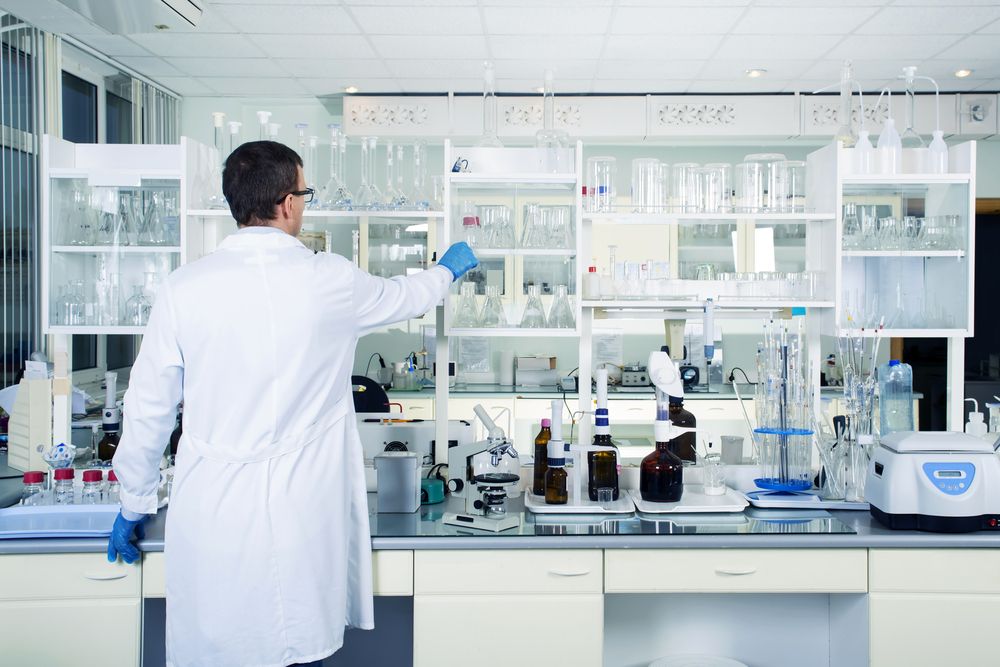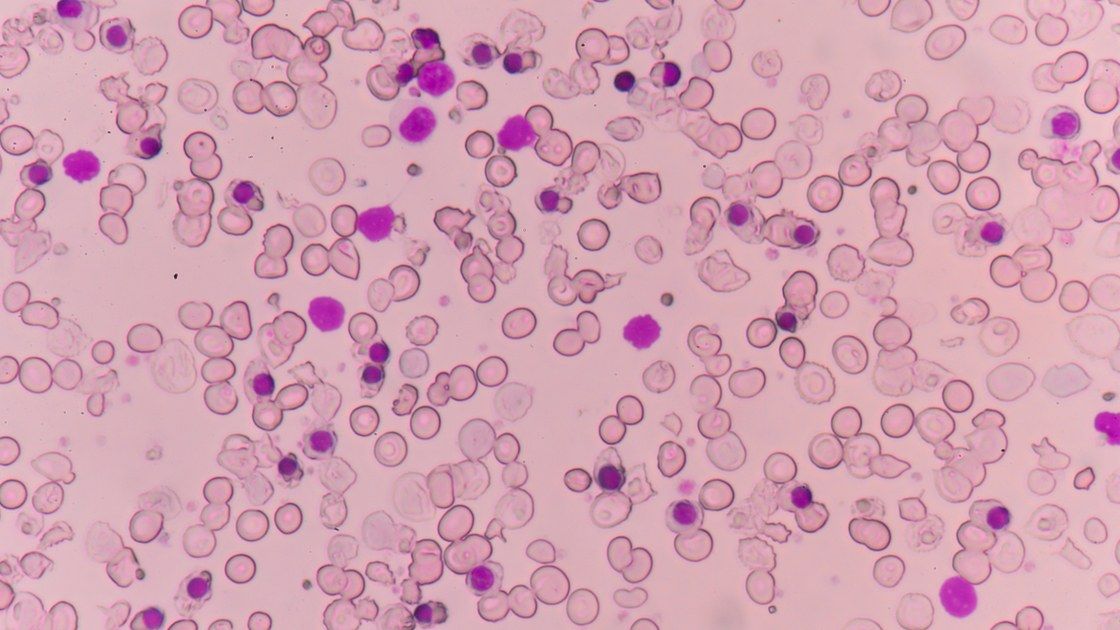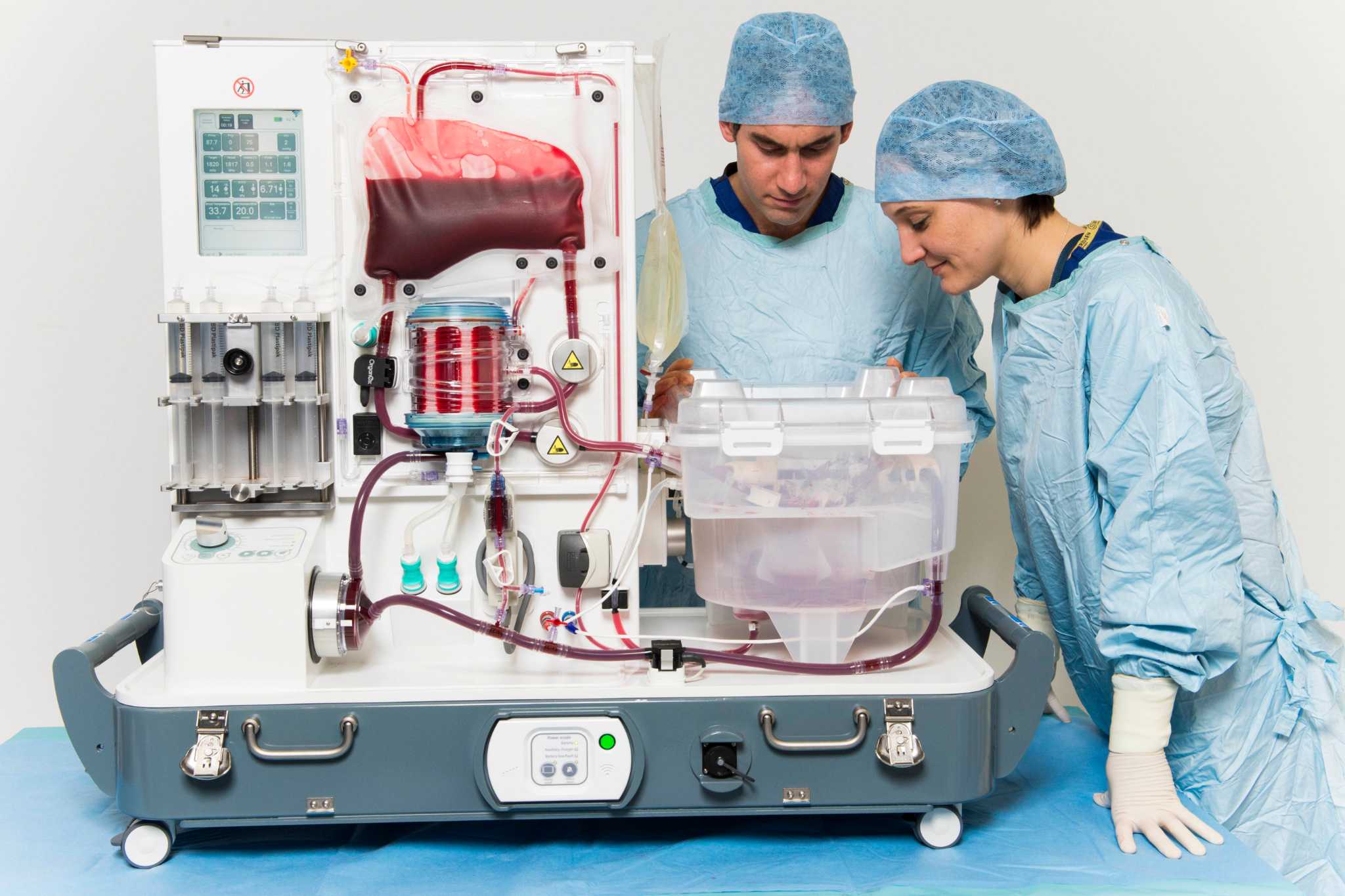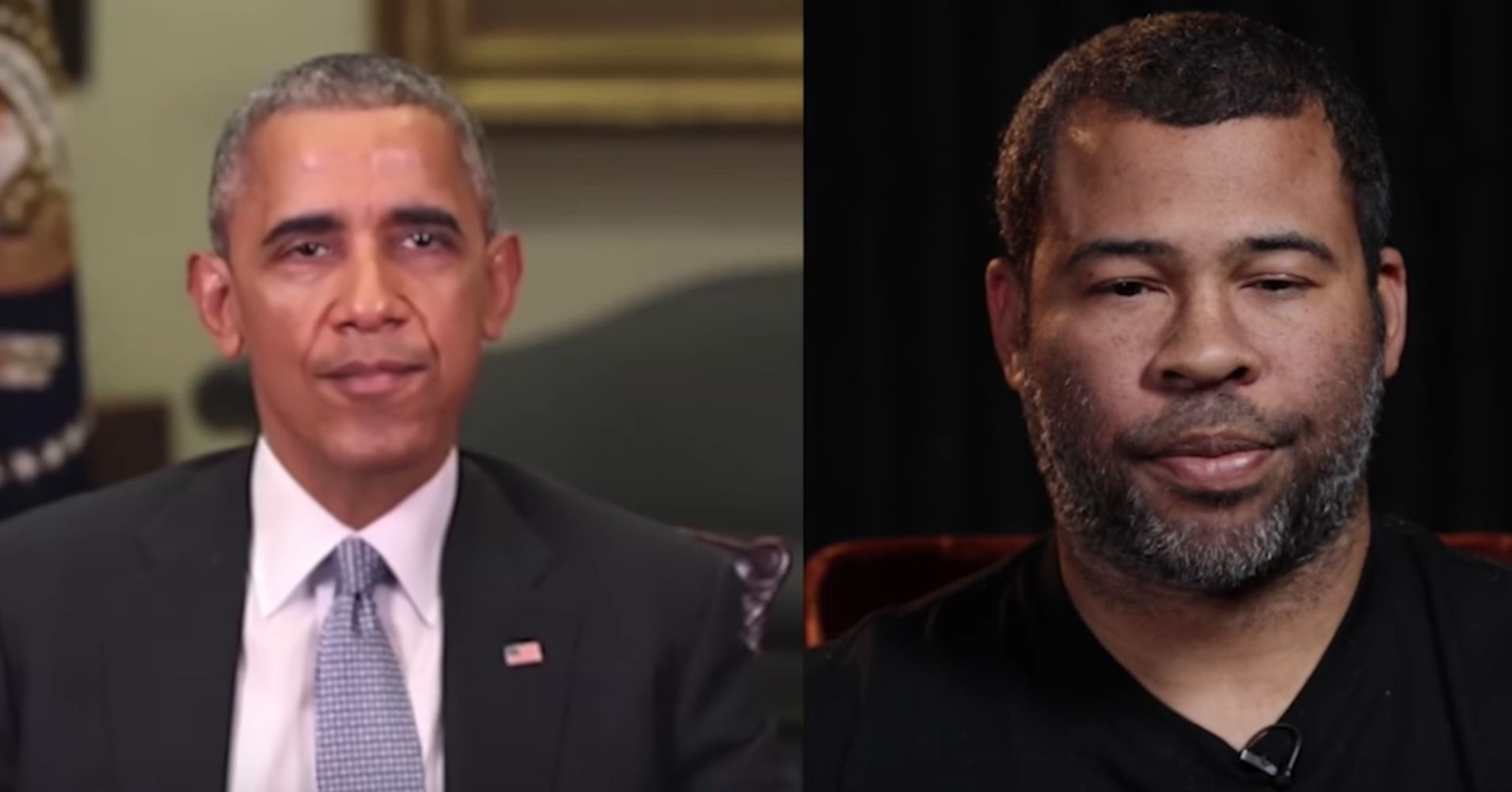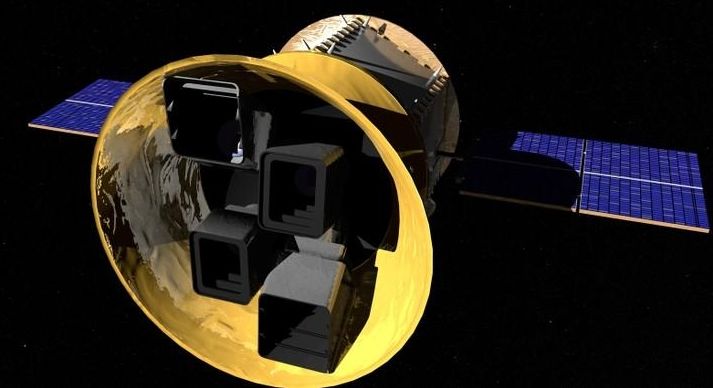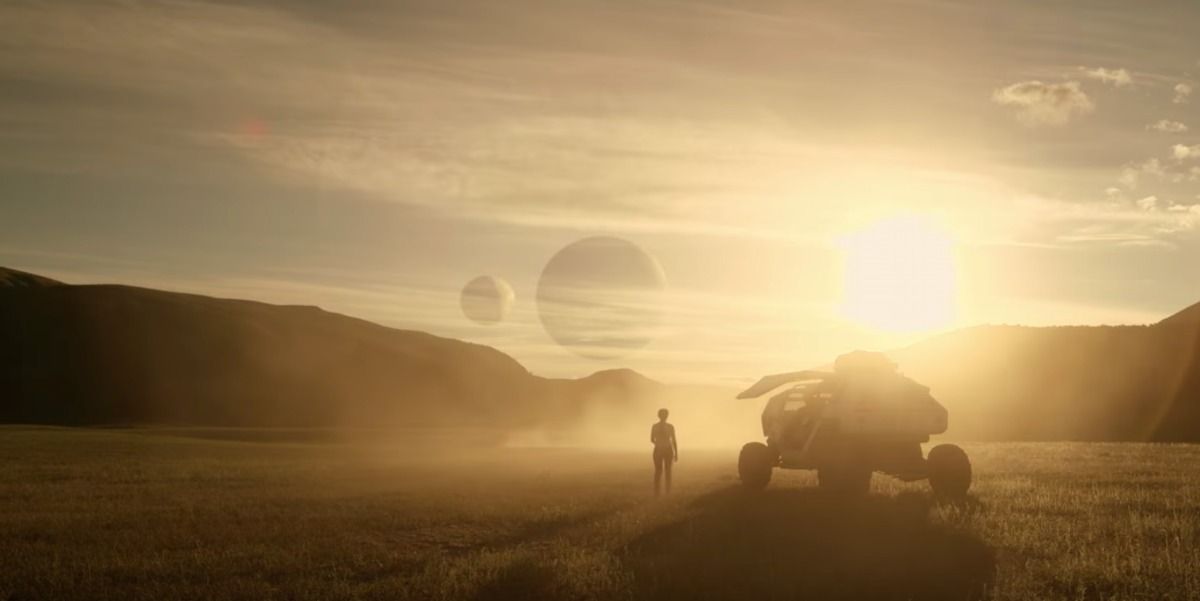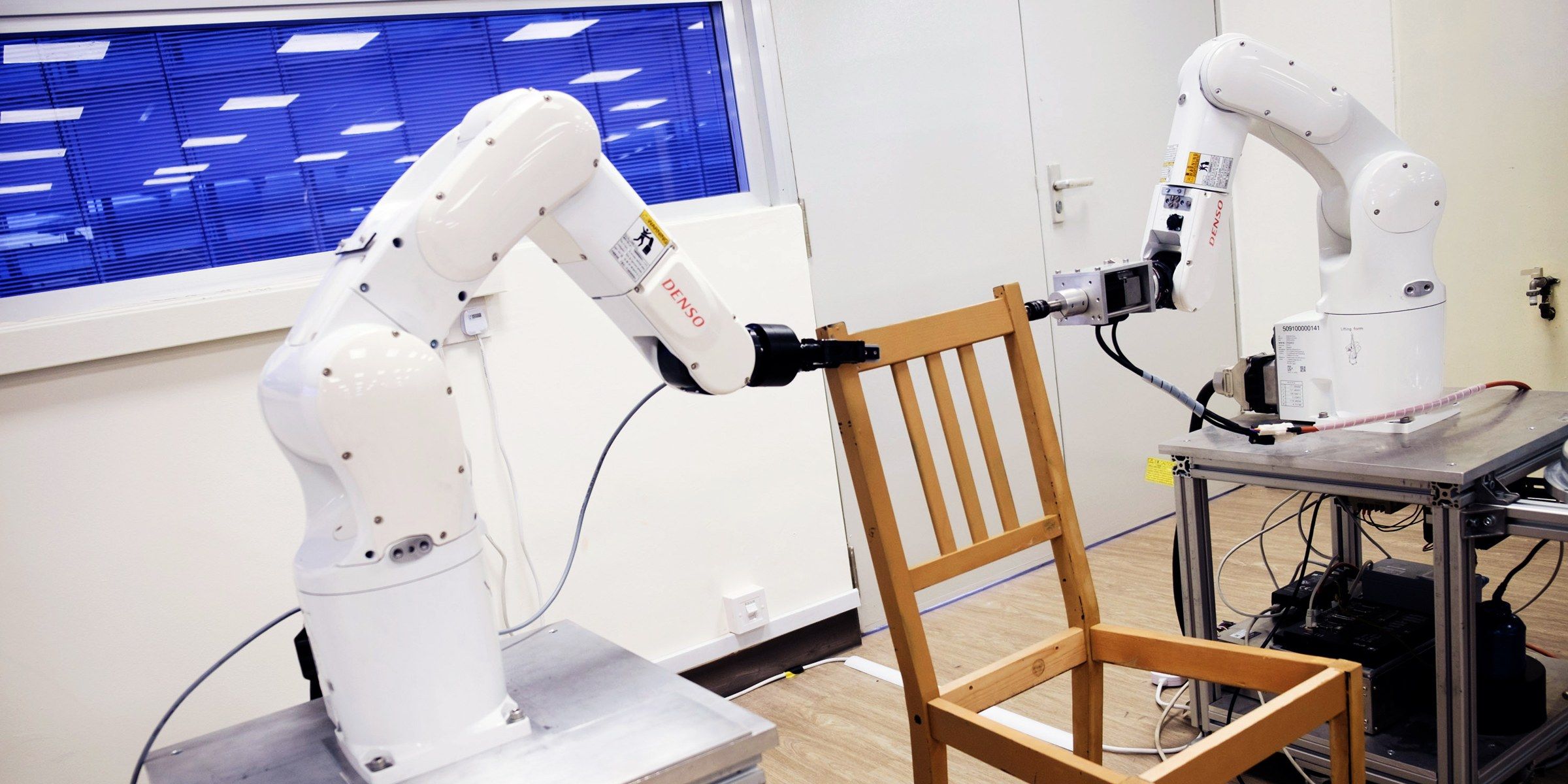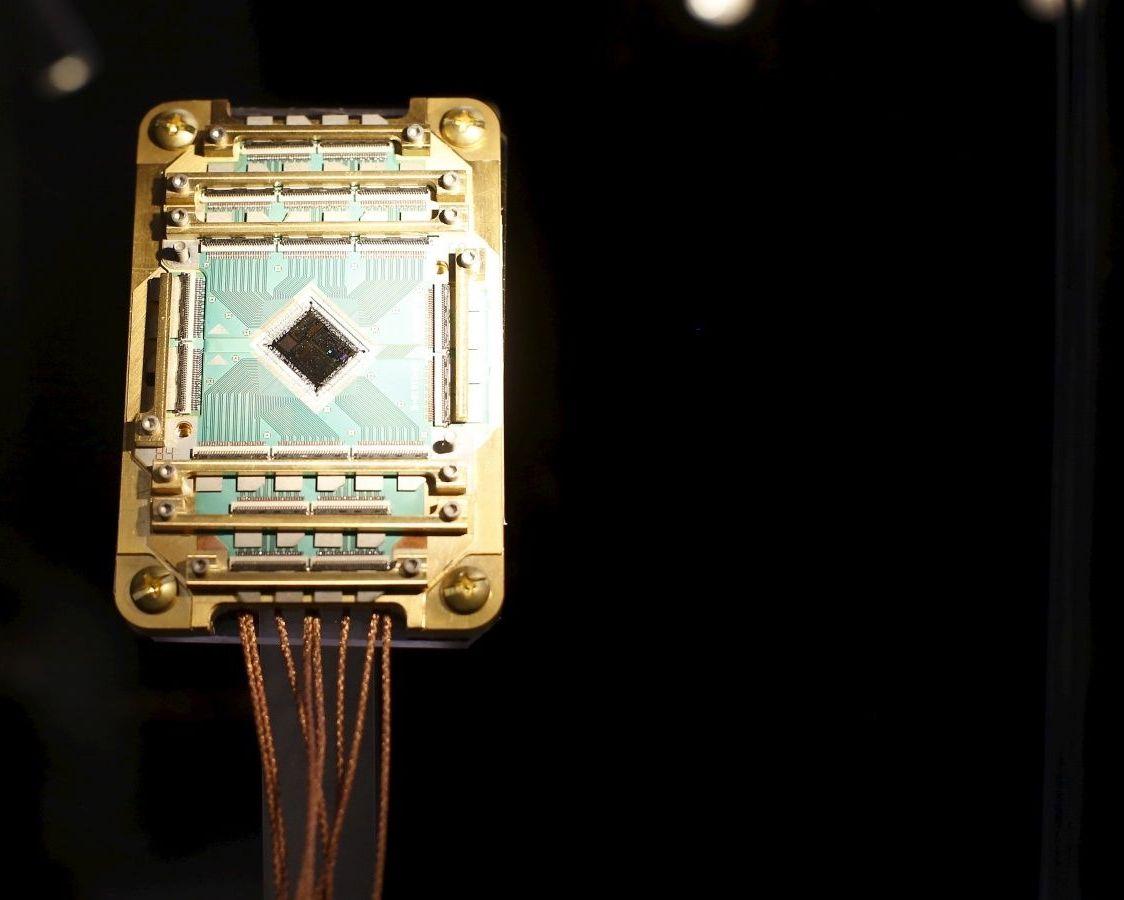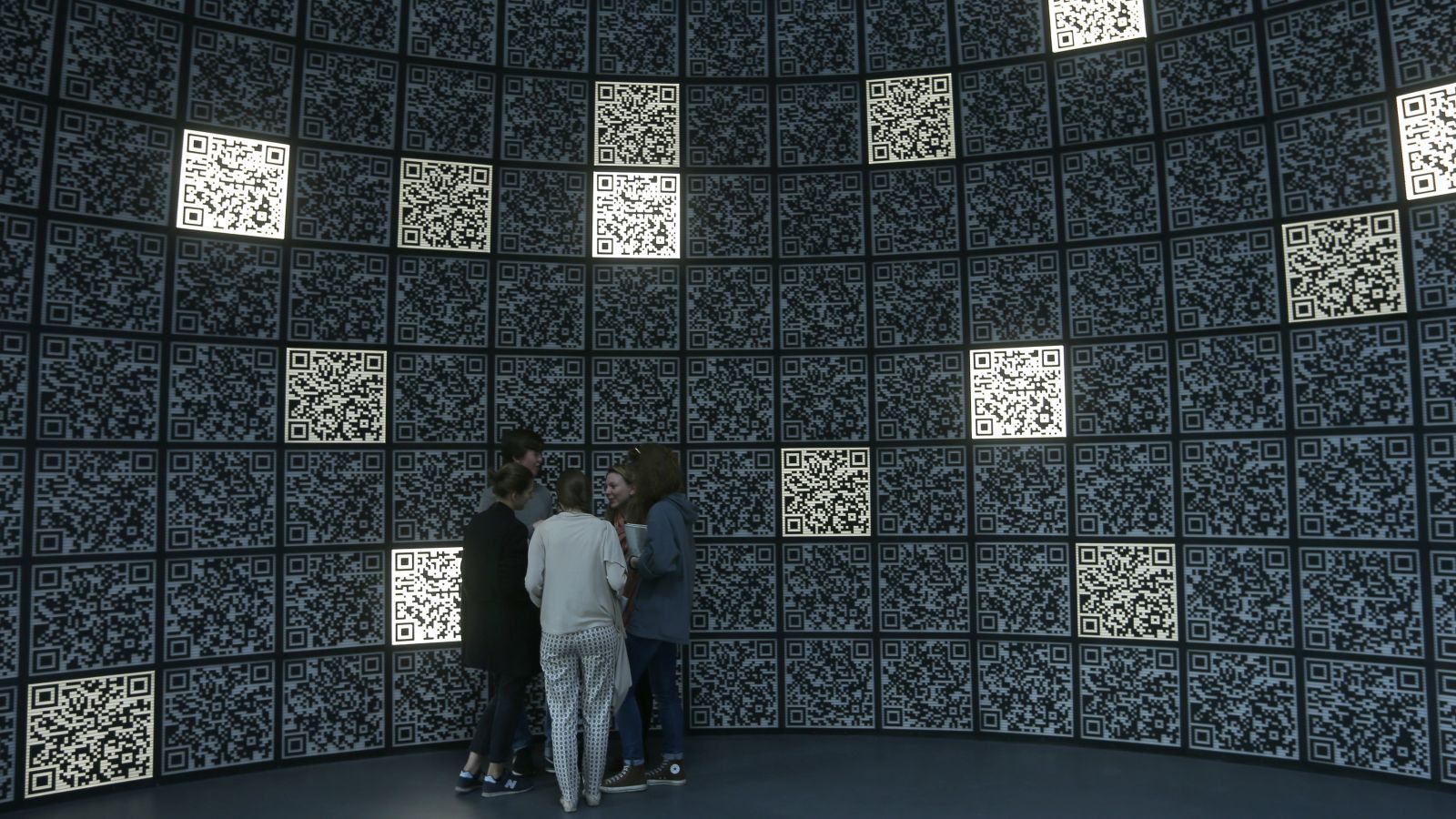Y Combinator announces the first wave of support for biotech startups working on aging.
Earlier this year, the Y Combinator (YC) community showed interest in supporting biotechnology focused on healthspan and age-related disease. The YC community is an influential part of the Bay Area technology-focused industry in California. It was great to hear that it was planning to support biotech startups working on aging through its YC Bio program.
The first area we’re going to focus on is healthspan and age-related disease—we think there’s an enormous opportunity to help people live healthier for longer, and that it could be one of the best ways to address our healthcare crisis.
YC Bio launches in June with lab space for biotech startups
The YC Bio program has started to move forward with an announcement that from June, the bio companies will all have access space at Bonneville Labs.
